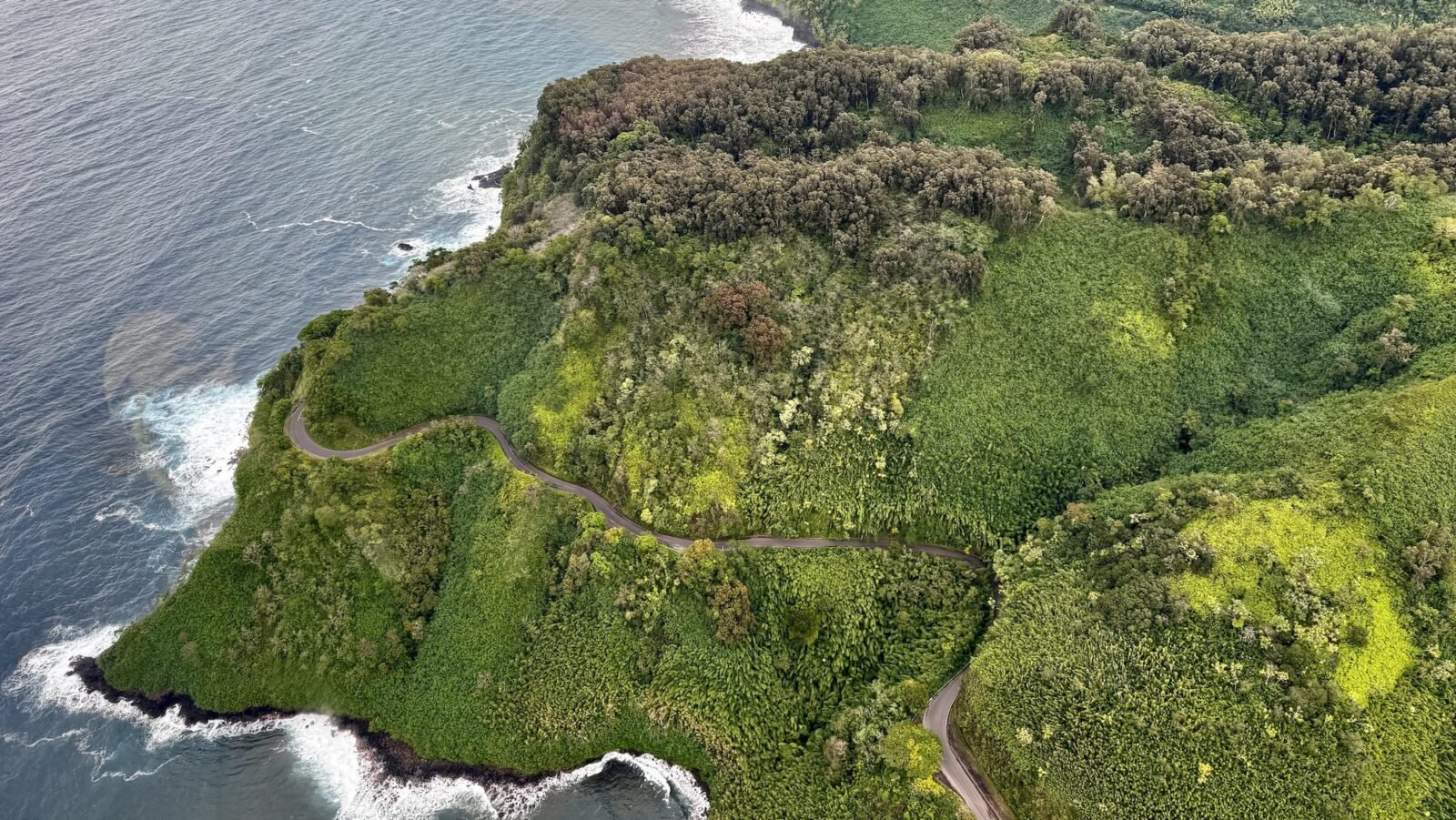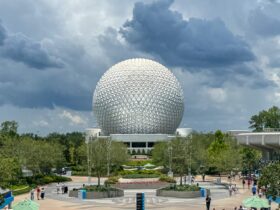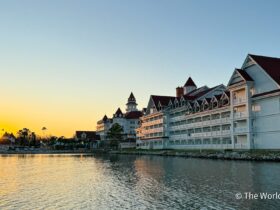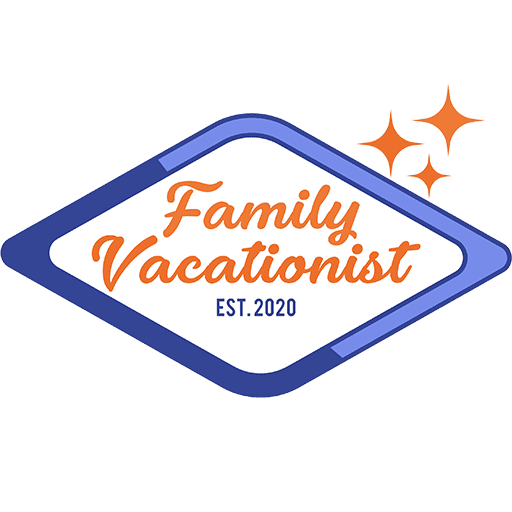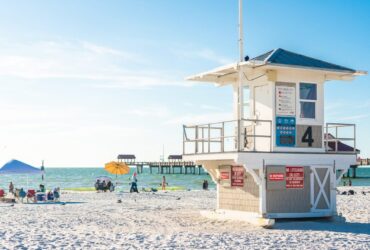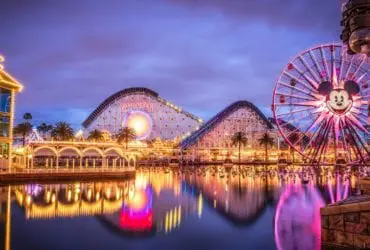Last December, I planned a Presidents’ Day long weekend in Maui with my kids, husband, and in-laws. I knew that Maui was once again welcoming visitors, but I still felt a bit nervous about planning a trip there. I wasn’t sure if my vacation goals of having a relaxed beach vacation on which my kids could hang out with their grandparents was appropriate in the context of the people of Maui having just endured such a collective hardship.
What Maui is like now
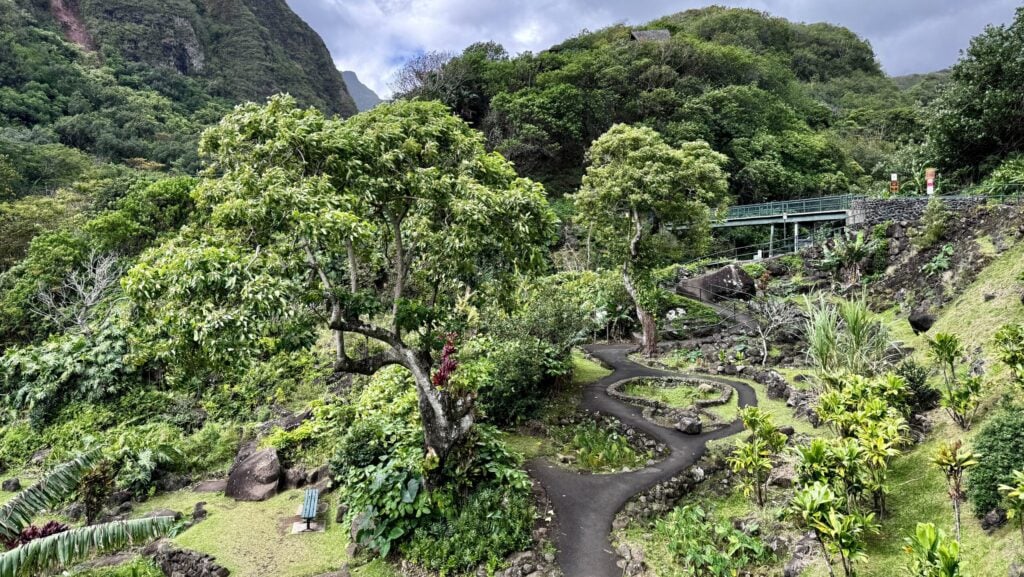
But we went ahead with it, trusting that the messages that Maui was open were true. And the Maui we found was both open and welcoming. Much of the island feels pretty normal—that’s not to say locals weren’t profoundly affected by the fires, but in most towns, shops and restaurants are open, downtowns are busy, and advance reservations are once again necessary at popular spots.
There are also plenty of signs of an island in both mourning and recovery. At stores around the island, I saw items ranging from hats to chocolate bars for which the proceeds were being donated to fire relief. Along the highway in Lahaina there are memorials to those who died, along with tall fences decorated with uplifting art made by students from around Maui.
WHICH ISLAND: How to choose the right Hawaiian island for your visit
I followed the advice to not actively ask people about the fire, but a few times ended up in conversations with locals who wanted to share their stories. In these moments of listening I heard sadness but also resilience, and a strong sense of community that Maui is lucky to have.
How to be a good visitor to Maui
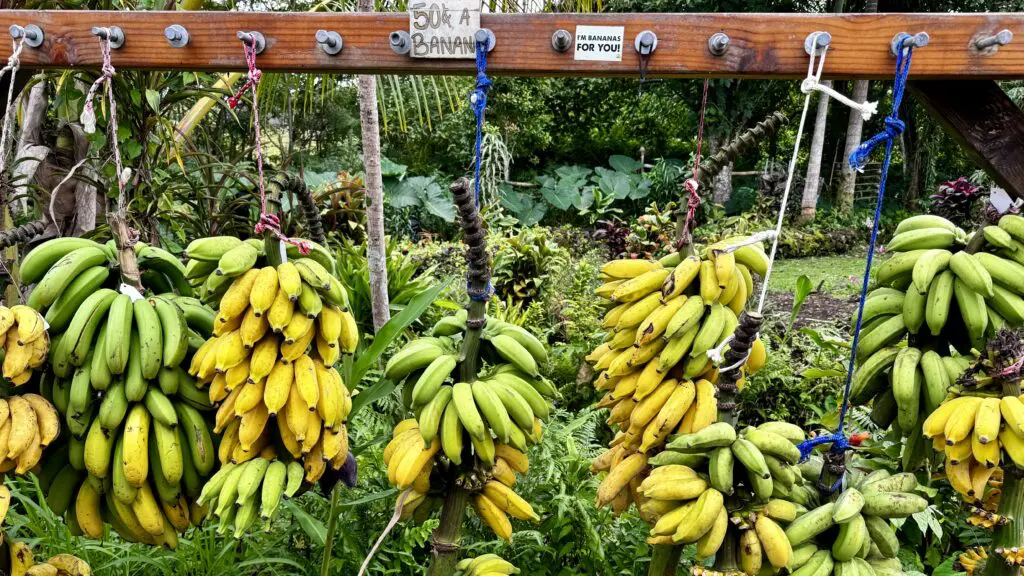
The best advice I received about how to be a visitor in Maui right now boils down to an invitation to come with empathy, respect, and plenty of aloha. Aloha—a term that holds the concepts of kindness, unity, and patience—is so central to Hawaiian identity that it’s written into the state’s laws. There are so many places around the world that deserve our respect as travelers. But few destinations have worked harder than Hawaii to share with travelers the local culture of appreciation.
For more advice about how to travel with empathy, respect, and aloha, I turned to Sissy Lake-Farm, executive director of the Maui Historical Society; and Rudy Balala, Vice President at Haliimaile Pineapple Company.
“Support our economy by shopping local,” says Lake-Farm, suggesting choosing restaurants and eateries that are both run by locals and that support local farmers and growers. Balala notes the “vast array of locally grown produce that you can find on menus across the island,” including the crop closest to his heart, the Maui Gold pineapple.
WHAT’S NEW: The best new hotels and things to do in Hawaii for 2024
Choosing local and family run tour companies, boat excursion operators, and shops also helps support locals trying to recover after the fire and the drop in tourism that followed. And wherever you go, bring that “respectful, compassionate, empathetic, and loving” spirit that Lake-Farm says embodies the visitor traits Maui needs most right now.
There are also ways to actively support both the recovery and to give back to the islands. Hawaii’s Malama Hawaii program helps connect visitors to cultural and environmental volunteer opportunities. And Lake-Farm also suggests checking out Kako’o Maui program for more ways to donate and support recovery efforts.
What’s open and closed on Maui
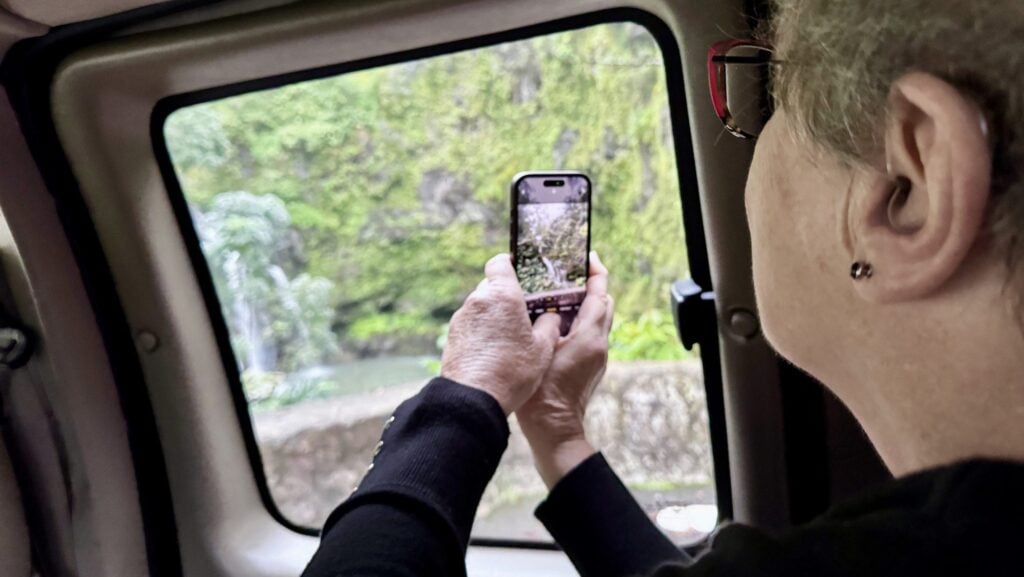
Though it’s a relatively small island, Maui has a lot to see and do. For now, most of Lahaina remains closed, though the Old Lahaina Luau, Mala Ocean Tavern, and the Lahaina Gateway Center are all open. The rest of West Maui is open to visitors again, though extra care and kindness are in order if you’re visiting Olowalu, Ka’anapali, Kahana, Napili, Honokowai, or Kapalua.
Other parts of Maui, including Makena, Kihei, Wailea, Central, North Shore, Upcountry, and Hana, are all open as well, and everyone I talked to was keen to get the word out that these areas were unaffected by the fire.
COUPLES GETAWAY: 15 ultra-romantic Hawaii resorts for couples
I went on a Road to Hana tour, and my guide mentioned that this is the quietest the Hana Highway has been in years. As a visitor, part of me was glad that I could see it at a time when minutes would go by without passing another vehicle. But realizing how many people—tour guides, banana bread bakers, and farm stand workers among them—depend on a steady flow of traffic made me see just how precarious island life is without a predictable flow of visitors.
Why Maui now?
This is a time of reimagining on Maui. As visitors, we’re a part of that. Hawaii is a microcosm of the challenges of tourism—there’s a complicated interplay between how many locals depend directly and indirectly on tourism and how tourism depletes the island’s limited natural resources and drives up prices for those who live there. But as Maui figures out how to rebuild and redream Lahaina, visitors can support this future by coming with kindness, supporting local businesses, and learning and celebrating what makes Hawaii unique.
More from FamilyVacationist:
- Our top picks for family resorts and hotels in Hawaii
- 5 standout family-friendly luaus in Hawaii
- I took a dog on a field trip in Hawaii and loved it



